Editors Note: The first of a two-article submission from R. Ann Parris to The Prepper Journal. As always, if you have information for Preppers that you would like to share as well as being entered into the Prepper Writing Contest and have a chance to win one of three Amazon Gift Cards with the top prize being a $300 card to purchase your own prepping supplies, then enter today!
So, we have looked over our yard or pasture and decided it’s time. Maybe we’re just ready to learn. Maybe we want to avoid contamination recalls or boycott Big Ag. Or maybe A Bad Thing has happened – we lost our jobs or hackers squashed the power grid. We’re going to grow food.
It seems pretty easy. Poke a hole, drop a seed. Poof, magic, groceries will appear.
Not quite. There’s a whole separate article for actually churning the earth that will affect your success and the labor involved in growing groceries. Where exactly you plant is also majorly important. Some pre-prep can avoid serious headaches that come from discovering a major monkey wrench in our production plan.
We don’t even have to be on the cusp of digging in. We can use the information to not stick an asphalt pad, building, or shade tree in our prime locations, saving those for future need.
There’s also a step absolutely anyone should take before any significant earth work, especially if they’re going to be either ripping by hand or using larger machinery.
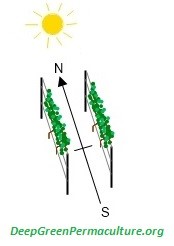

Plotting Crop Locations
Whether we have triple-digit acreage or tiny dooryards, we generally want to orient things so the longest, broadest sides of beds or rows faces the sun’s path. That’s setting one point due south and heading north until we reach our desired length, so the sun arcs across our beds evenly through the day.
Aiming for southern exposure also maximizes the amount of sunlight for our plants, if we can get it (flip for the southern hemisphere).
It’s not just compass direction, though. There’s actually something even bigger than orientation and southern-side placement of our rows and beds: Shade.
We have to take into account nearby buildings, trees, and even fences.
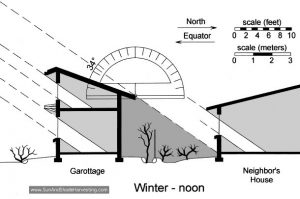
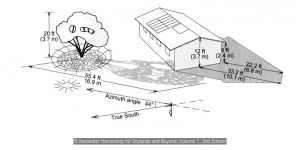
Not only do the crops require sunlight – with many of our staples and most productive veggies requiring 6-8 hours minimum – sunlight also affects how long our plots will be in production each season.
See, most plants are not big on cold bogs. Spots that are shaded take longer to dry out (and warm up) enough to work the soil and plant our seed. There are things we can do to lift soil beds or encourage water to infiltrate in one spot but drain from another, but one of the easiest solutions is planting somewhere the sun can help us.

To avoid shade, we map the shadows that cross our spaces. Ideally, we’ll do one at our average spring soil-prep and planting dates, one for the high season, and one for winter, and include aspects like bogginess and frost patterns. Each map will then give us better ideas of where specific growing methods and assists like hoops, cold frames, and greenhouses can generate maximum affect.
There are some detailed instructions here https://104homestead.com/sun-map-101/ and here https://www.motherearthliving.com/in-the-garden/mapping-sun-exposure-zb0z1710 for sun/shadow mapping. We can also give Google Earth a try, capturing the hour-by-hour and weekly/monthly shadows from that.
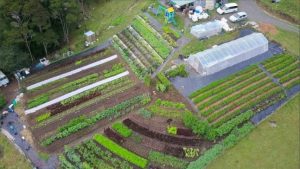
Prioritizing Other Factors
Now, we don’t want to play too free and loose deviating from a general north-south alignment. Otherwise, we might have to increase spacing to avoid plants and rows/beds shading each other out. Sunlight is still a major deciding factor for our crop placement – and success. But we do have some wiggle room.
Our terrain and climate can dictate some deviation. Our specific needs in lawn-to-crops turnaround time will, too, as well as our physical capabilities.
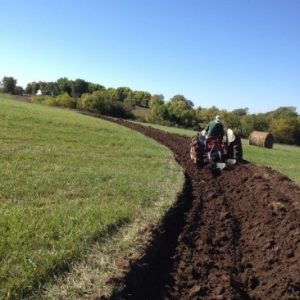

We for-sure, rock-solid want to follow the contours of our land if there’s substantial slope. We want to cross the face of hills, not run up them at any steep angles, particularly for bare-earth, in-ground rows of any significant length. Otherwise, we’re going to end up with rainwater and snowmelt churning channels, washing away soil and nutrients, and not really infiltrating.
That’s going increase our amendment and irrigation needs, as well as create physical land alteration.
Too, that water is going to end up somewhere. Maybe a ditch and out of sight, out of mind. Maybe, though, our front yard or a pasture or large-crop plot, which will end up inundated and boggy. That’s going to delay or prevent using that lower area.
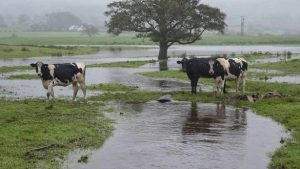
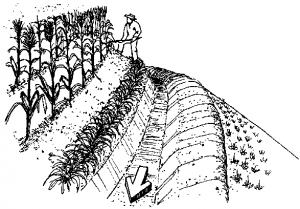
To avoid creating problems for ourselves, we take the hit on compass direction and follow contours. We more strictly follow the contours the steeper the grade.
There’s an easy, low-tech method for finding contour in this article http://www.theprepperjournal.com/2017/12/08/gardening-break-box/.
Finding the grade can be done with a tape measure and a level several different ways. To get the percentage, it’s “rise over run” – divide the height of the elevation’s change by the length of the horizontal distance (converting to the same increments).
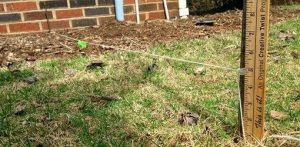
There are other reasons we might skip plotting true north-south lines or full southern exposure. We might have a small or odd-shaped location and just have to force a best fit. Or, our prime exposure pool is 10’ from the spring-summer shadow of a maple, so we scratch that off in hurry. (Maple roots will respond to irrigated, fertilized locations and mosey their way up into beds or rows.)
If we’re in a hot, bright climate, we might not actually want to maximize sunlight exposure. We might cant ninety degrees to nab some shade.
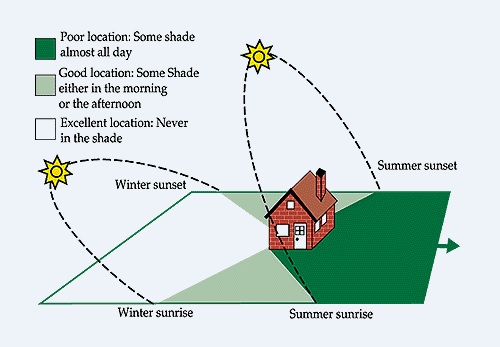
My market garden blocks are arranged at 20 and 30 degrees instead of straight north-south for no other reason than it matches the fences. It would make me crazy* to have them at a just-off diagonal. In my location, with my placements, the deviation isn’t a biggie.
*I could handle it if the fence and beds formed tidy 45-degree angles … and it really doesn’t impact my yield/profit, but I would still forgive anyone suggesting that the term should be “crazier”.
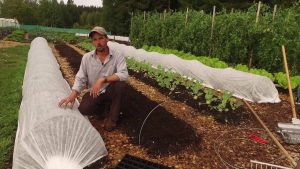

We also might shift our orientation to take advantage of areas where there’s already some undulation that matches our target bed/row and access widths, or where the lawn cover is going to be easier to rip – especially if we’re going to be attacking it manually.
Likewise, if we’re already strapped for time, cash, and labor, we might inspect our spaces for the least-aggravating weeds and fewest rocks, or for places that are less played-out and need fewer amendments.
Orientation and exposure is important, but “pretty close” is good enough most of the time. There are other things that will affect your yield more than being off a little bit, at every scale.


Threats & Capabilities
Other things to consider for placement are whether or not the garden or crop plot(s) are exposed to pets, livestock, or wildlife. That includes watching how our dogs respond to threats and not putting our beds/plots across their dedicated, beaten-bare paths, or where they will then go flying through them after every “intruder”. (After all, that behavior is what makes them an asset, not just a pet.)
Access is another biggie. We’re going to have to get in there for planting, weeding, and harvesting. Access can mean placing crops near fences/pavement/firm soil so we can use trucks or carts to bring in amendments, covers, and equipment. It’s also about leaving enough room to make repairs or snag big fallen limbs, and to make turns with mowers, tractors, animal-drawn implements, tillers, or seeders.
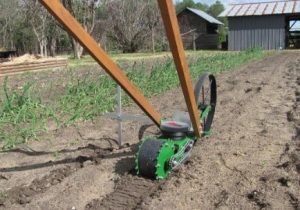
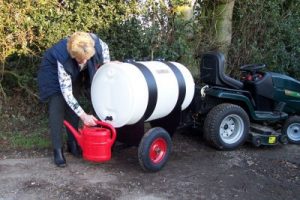
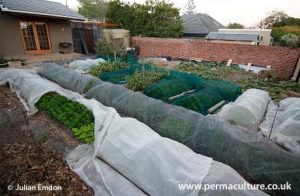
In all but a few places, we’re most likely going to have to provide at least a little water here and there. If we’re hauling or pumping that water, locations near rain catchment and where elevation can help us become hugely beneficial.
We may throw it out in times of desperation, but we also want to consider contamination from uphill – like septic and sewer systems that may/will fail in a widespread crisis, flooding risks around our humanure or outhouse, and runoff carrying our livestock’s wastes.
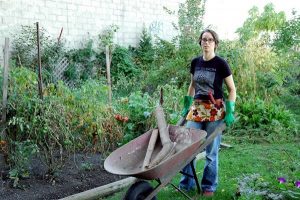
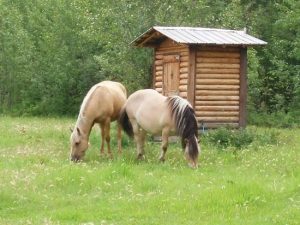
We also want to avoid places where wind is going to blow so much oak and maple seed into our soil that we actually rake and trowel it out or set up permanent insect mesh.
Wind itself can be a factor for all of us. We can absolutely invest in hurricane fencing, create sturdy trellises and teepees or bamboo fences for leafy vines to diffuse winds, or plant shelterbelts. If we need to convert that lawn to groceries now, though, or if our financial and physical budgets don’t stretch that far, we might go ahead and sacrifice some sunlight exposure or growing season in the name of sticking our beds or rows somewhere a little more protected.
It all factors in. Ideally, we’re making lists and notes along with our sun/shadow map.
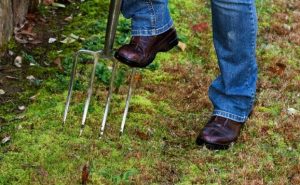
Before Digging Starts
One, we always want to call for utilities mapping before we dig. Then, go out with a pitchfork/hay fork (ideal) or garden/spading fork. Poke your way across your target area as if you were aerating the lawn. Should you poke into areas where the skinny prongs do not penetrate as deeply and easily, investigate – carefully, and by inches; not, whammo, full-bore with a pointy shovel or pickax.
Finding bottles, a gravel pit, a buried cistern, or the long-lost 1940’s water shutoff is just a bonus. What you’re really after is finding any cunningly waiting spider web of 1-4” tree roots lurking 2” under the lawn.

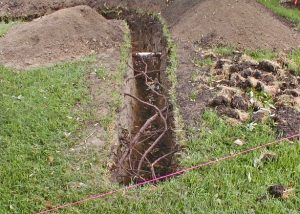
You can absolutely hack these things up. That may be a simply fantastic idea if you look it over and realize these roots are getting pretty close to water/septic/sewer/gas lines. Maybe-maybe not so fantastic if you’re going to destabilize a tree (and depending on where it’s going to fall).
Hacking out bunches of tree roots is bunches of work. It’s also going to be an ongoing battle. If it’s just one or two, and not so bad, okay. Go for it. If we don’t have the time or labor, if we’re against a clock, we may want to just note them and opt for sub-prime orientation or locations, or go surface-up with our beds.


Placing Our Plots
That’s a lot of factors to consider. And there are more, with even more specific details. I’ve hit some in other TPJ articles, from siting for efficiency and winter-spring tasks that can help us refine placements, to the space-efficiency and defense aspects of castle gardens. So have other contributors.
As preppers, we typically have a whole spectrum of things we’re trying to devote time and funds to. It’s tempting to just wing it, or to stick with sunlight as our sole deciding factor. Take it from the “ounce of prevention, pound of cure” mentality. Doing it right the first time avoids pains and re-do’s down the road. Those can be hugely costly and labor intensive when it comes to gardens and property.
Most of us expect to be busier than ever if A Bad Thing ever happens. Taking the time now to plan our crop production so it takes less work and resources, and causes less damage, has a lot of benefits for the future.
Follow The Prepper Journal on Facebook!
. How prepared are you for emergencies?
#SurvivalFirestarter #SurvivalBugOutBackpack #PrepperSurvivalPack #SHTFGear #SHTFBag
































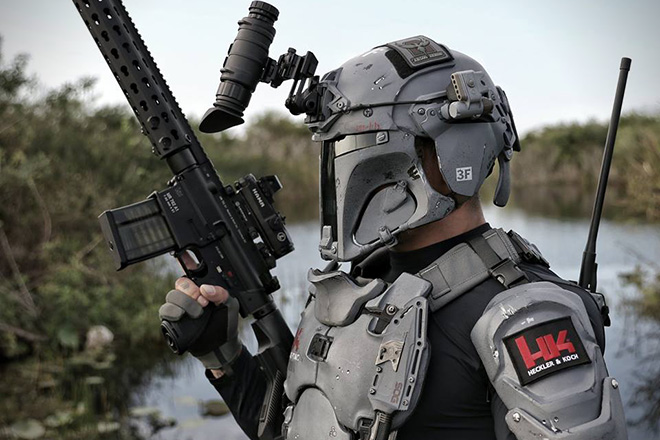

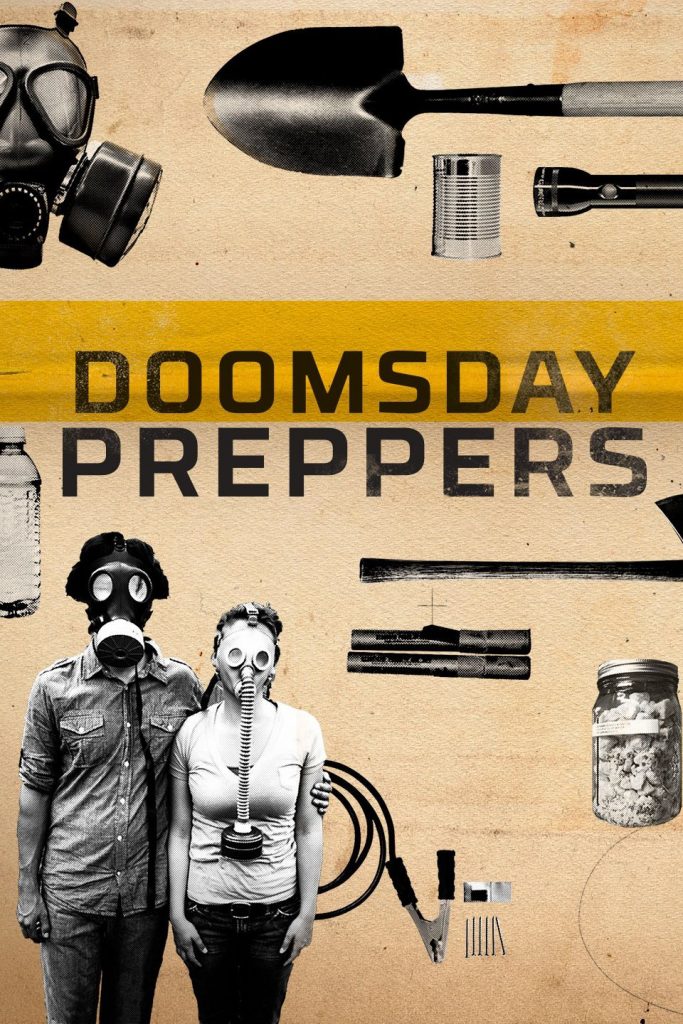

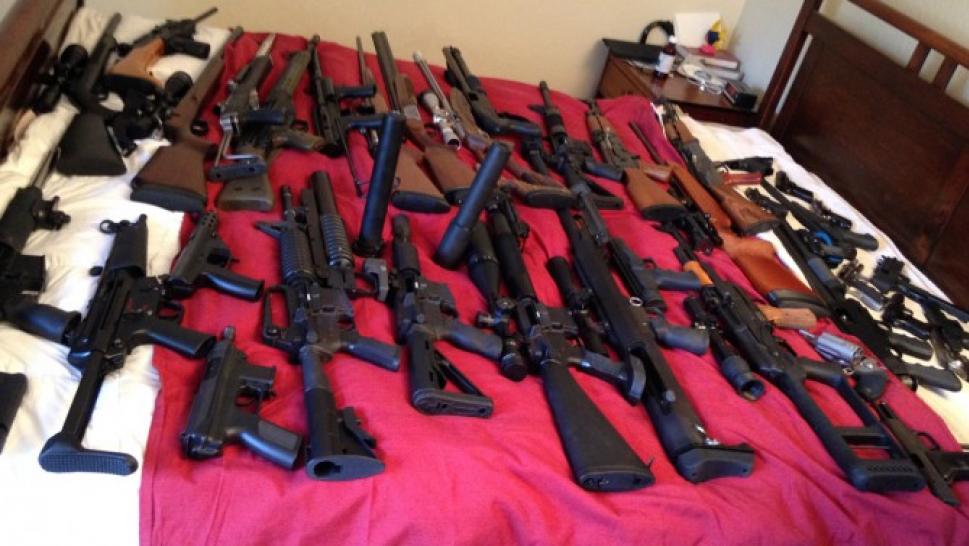


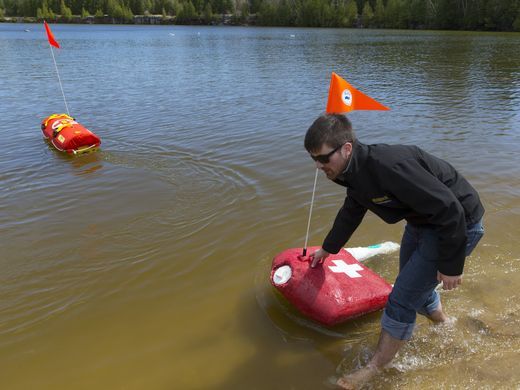




 This article is the result of many years of shooting, testing and hands-on experience with the various ammunitions being shown. I have not been paid by any particular company nor have I received any ammunition free. My results may not reflect actual results from others, though my results are based on data collected and real-life tests accomplished.
This article is the result of many years of shooting, testing and hands-on experience with the various ammunitions being shown. I have not been paid by any particular company nor have I received any ammunition free. My results may not reflect actual results from others, though my results are based on data collected and real-life tests accomplished.